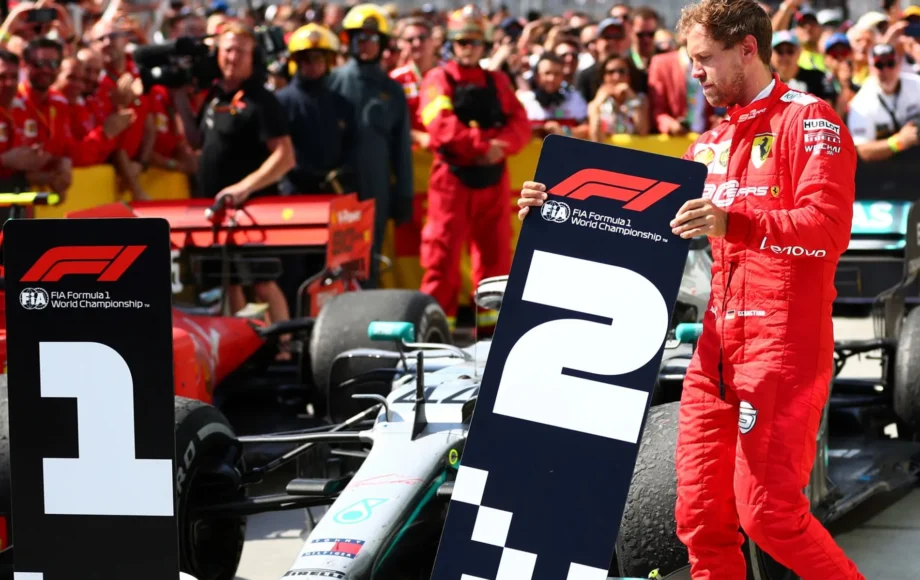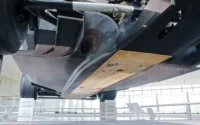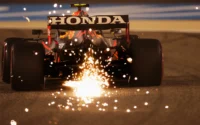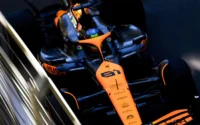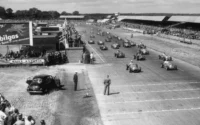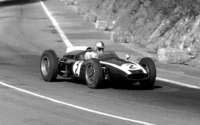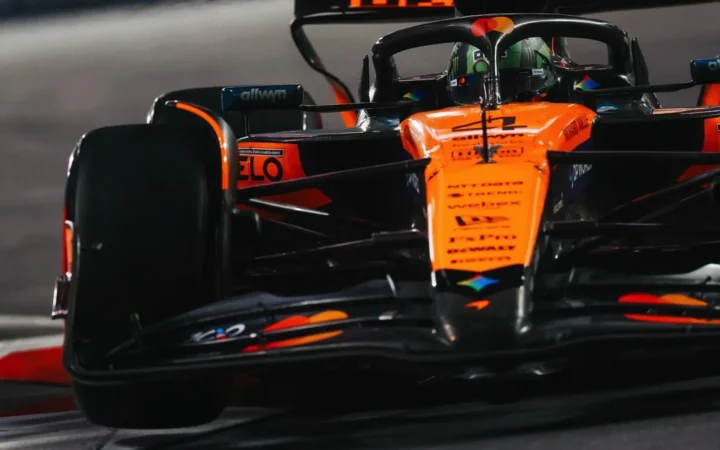Formula 1 has always been a sport where the finest margins separate triumph from heartbreak. But occasionally, those margins become chasms—moments when a driver takes the chequered flag first, only to discover afterwards that the victory isn’t theirs. From the chaotic procedural disputes of the 1970s to the razor-sharp, data-driven stewarding of the modern era, F1’s history is packed with contentious rulings, disqualifications, and penalties that have rewritten race results long after the engines fell silent. These episodes are more than oddities; they’re snapshots of how the sport has evolved, how the rulebook has tightened, and how teams have pushed—sometimes too far—against the limits of performance and legality.
What To Know?
- 1982 Brazilian GP – Nelson Piquet DQ: Underweight Brabham led to a seismic post-race reversal early in a chaotic season.
- 1989 Japanese GP – Ayrton Senna DQ: The most controversial Suzuka incident in history; a decision that shaped the championship.
- 1994 Belgian GP – Michael Schumacher DQ
Excessive skid plank wear stripped the win amid one of F1’s most scrutinised seasons. - 2008 Belgian GP – Lewis Hamilton penalty: Post-chicane battle with Räikkönen triggered a 25-second penalty and global debate.
- 2019 Canadian GP – Sebastian Vettel penalty: A five-second penalty for unsafe rejoin created one of the modern era’s most argued race outcomes.
For the modern fan raised on instant replays, GPS overlays, and race control audio, it’s easy to forget how many famous wins were actually decided not on track, but in stewarding rooms, weighing bays, or long after in appeals hearings. Whether it was a jump start detected by human eyes, a few millimetres of skid-plank wear, or a controversial interpretation of track limits, each case captures a pivotal moment in the sport’s regulatory journey. What follows is a tour through 11 races spanning nearly five decades—each one a reminder that in Formula 1, crossing the finish line first is only the beginning of the story.

1. 1976 British Grand Prix
Hunt’s Home-Crowd High… and the Fallout
The 1976 British Grand Prix remains one of the most debated moments in F1 history. James Hunt, driving for McLaren, was disqualified after the race for rejoining the start illegally following a first-lap pile-up. What looked like a heroic home victory quickly morphed into a regulatory showdown between McLaren, Ferrari, and the FIA. For a modern F1 fan accustomed to VAR-level scrutiny and instantaneous stewarding decisions, this episode is a reminder that controversies are nothing new—only the technology and the timing have changed.
When officials ruled Hunt’s restart invalid, the win was reassigned to Niki Lauda in a Ferrari, altering both the race result and the trajectory of that season’s dramatic title fight. Today, it stands as a defining example of how procedural nuance can override even the most electric on-track performance. The 1976 British GP wasn’t just about who crossed the line first—it was a moment that shaped the championship, cemented one of the sport’s fiercest rivalries, and continues to influence how F1 interprets race-start regulations nearly 50 years later.

2. 1978 Italian Grand Prix
Andretti’s Jump-Start Shockwave
The 1978 Italian Grand Prix delivered one of the most dramatic post-race twists of the era. Mario Andretti, driving the dominant Lotus-Ford, crossed the line first—seemingly on course to clinch a triumphant home stretch in his championship campaign. But a jump start earned him a costly one-minute penalty, instantly erasing what had appeared to be a decisive victory. For today’s F1 fans used to slow-motion start analysis and live telemetry overlays, this moment serves as a reminder that even in the late ’70s, milliseconds and procedural precision could make or break a race.
With Andretti penalised, the win was handed to Niki Lauda in his Brabham-Alfa Romeo, adding yet another twist to a season already characterised by technical innovation and seismic tragedy. The Monza result stands as a staple of F1 history: a race where the timing lights mattered just as much as the laps themselves, and where a championship frontrunner learned that even the smallest lapse could reshape the record books.
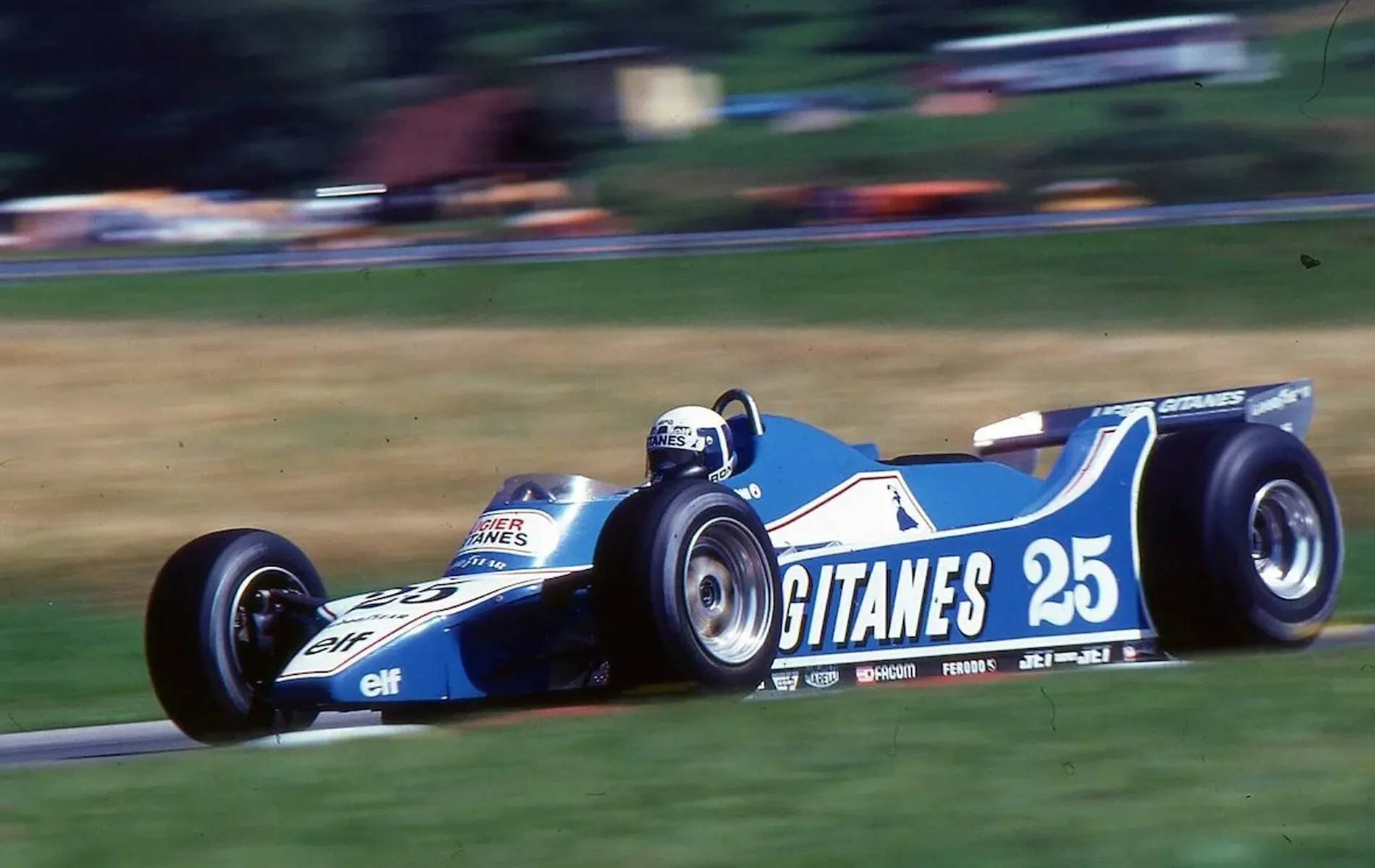
3. 1980 Canadian Grand Prix
Pironi’s False Start and a Championship Flashpoint
The 1980 Canadian Grand Prix is a classic case of how one moment of impatience can undo an entire afternoon’s brilliance. Didier Pironi in a Ligier-Ford led the field across the line, but his race unravelled the moment the stewards confirmed he had jumped the start. The one-minute penalty that followed was severe, even by the standards of the era, but it reflected the growing push for tighter enforcement of race procedures. Pironi’s misjudgment stands as a reminder that the human element once again played a far larger—and far more unforgiving—role in a race outcome.
With Pironi’s penalty applied, the victory went to Alan Jones in the Williams-Ford, a crucial boost in his charge toward the 1980 World Drivers’ Championship. The Montreal race became an important footnote in that season: a showcase of Williams’ rising power, Ligier’s fading challenge, and the fine margins that often decide title battles. A historical example of how discipline at the start grid can shape not just a race, but an entire season’s narrative.
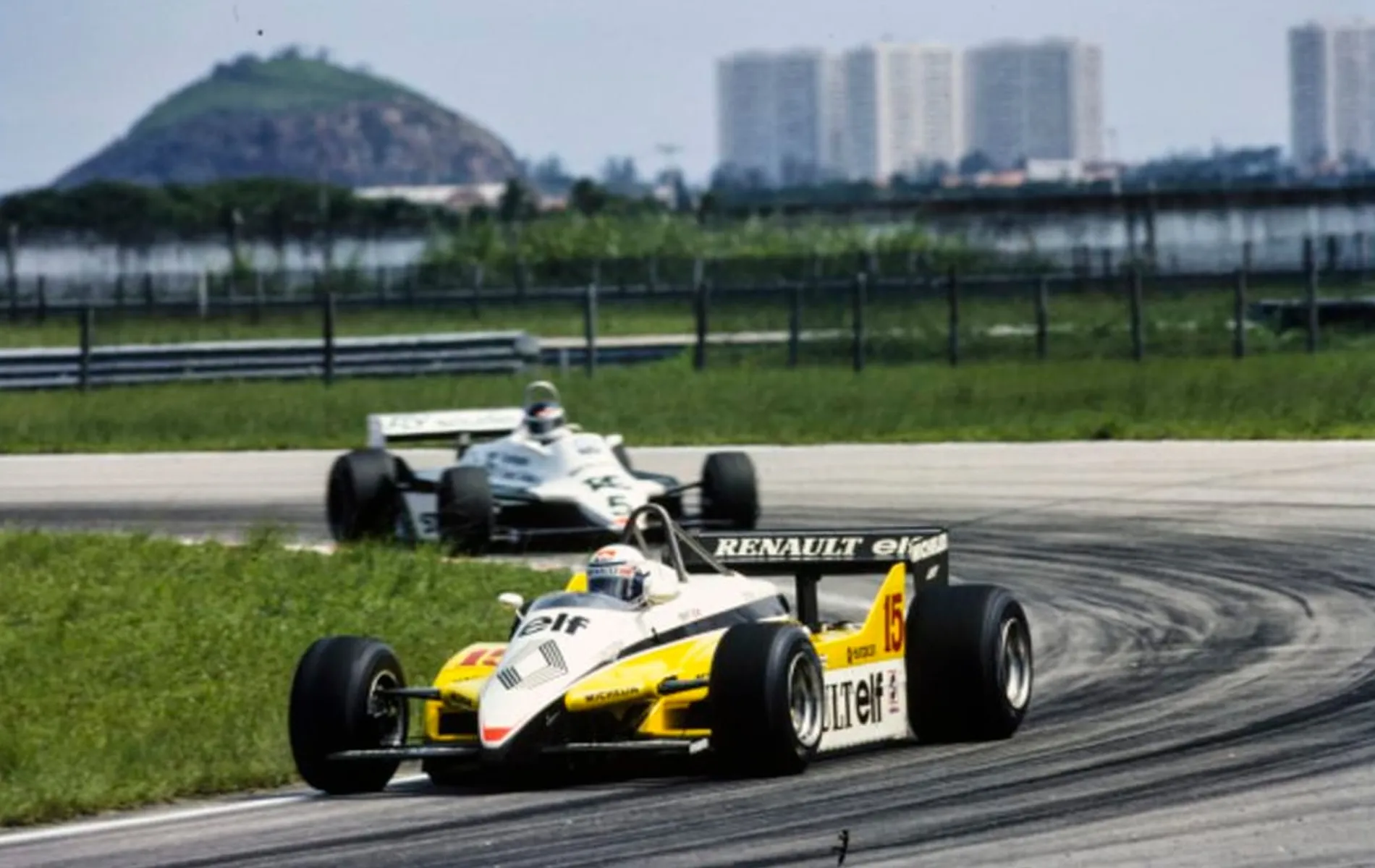
4. 1982 Brazilian Grand Prix
Piquet’s Victory Unravels in the Weighing Bay
The 1982 Brazilian Grand Prix offered a dramatic twist that still resonates in discussions of Formula 1’s rulebook. Nelson Piquet, racing for Brabham, crossed the finish line first in front of an ecstatic home crowd—only for the celebrations to be cut short. Post-race scrutineering revealed his car to be underweight, leading to an immediate disqualification. A reminder that even in the early ’80s, F1 was already fighting the same battles over innovation, loopholes, and the fine print of legality.
With Piquet’s exclusion, the win was handed to Alain Prost in the Renault. The fallout from Brazil ’82 helped support the importance of scrutineering standards that still define the sport today. A historical milestone—both for Prost’s championship charge and for F1’s evolving understanding of where creativity must stop and compliance must begin.
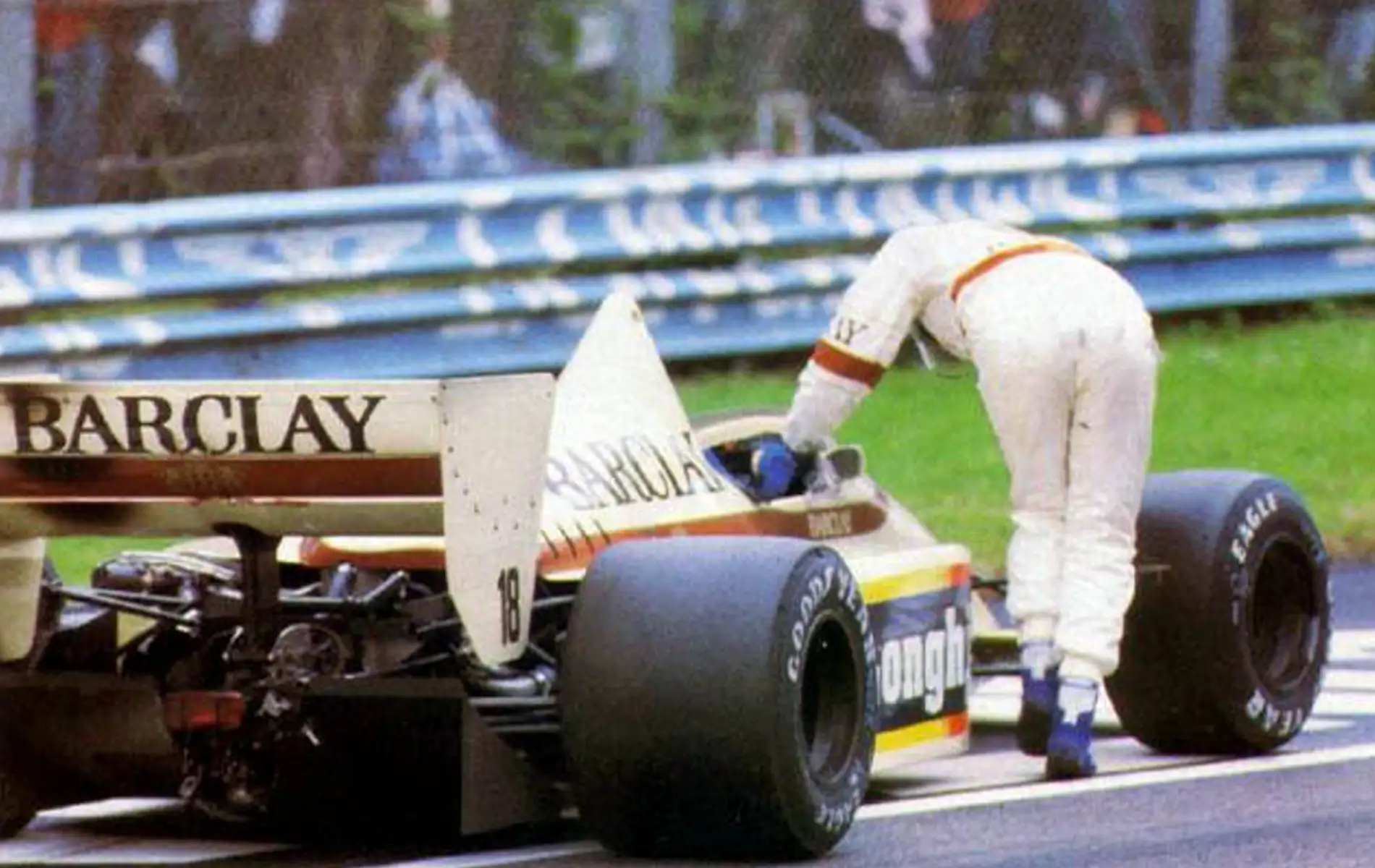
5. 1985 San Marino Grand Prix
Prost’s Lost Win and the Weight of Precision
The 1985 San Marino Grand Prix delivered one of the era’s most gut-punching post-race reversals. Alain Prost, driving the McLaren team, took the chequered flag after a tense and strategic race—only for his victory to be stripped hours later. When the McLaren was rolled onto the scales, it came in under the minimum weight, leading to immediate disqualification.
With Prost excluded, the win was handed to Elio de Angelis in the Lotus-Renault, one of the most important victories of his career. The Imola result became another defining moment in mid-’80s Formula 1, highlighting how small engineering margins could swing not just races, but entire championship trajectories.
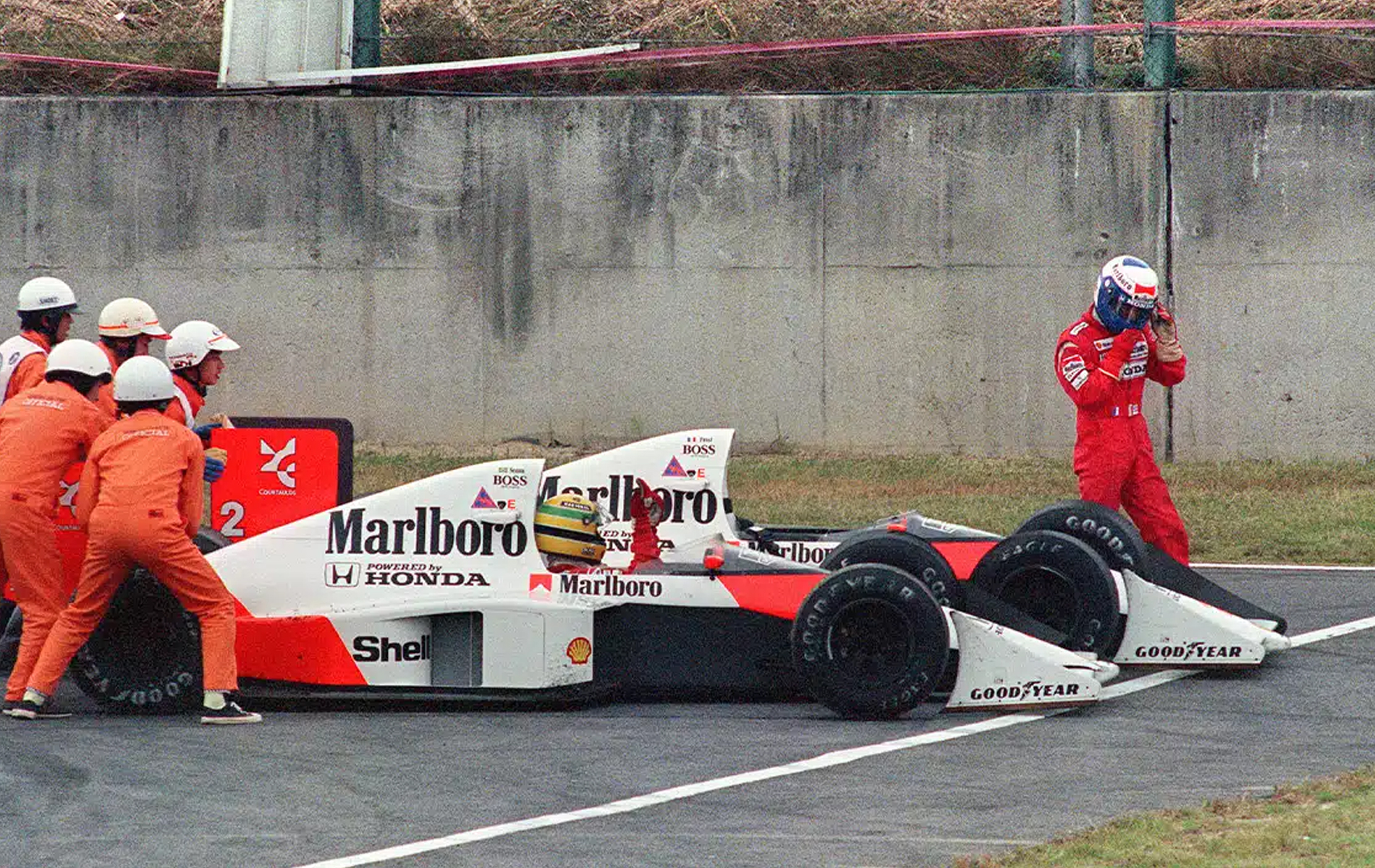
6. 1989 Japanese Grand Prix
Senna, Suzuka, and the Disqualification That Shook F1
The 1989 Japanese Grand Prix is one of the most defining—and divisive—moments in Formula 1 history. Ayrton Senna, driving the McLaren-Honda, crossed the line first after an electrifying comeback drive, but the race would ultimately be remembered not for the win, but for the collision and controversy that followed. After his infamous clash with Alain Prost at the Suzuka chicane, Senna took to the escape road, rejoined the circuit, and fought his way back to what appeared to be a heroic victory. Yet the stewards ruled that by bypassing part of the chicane, he had gained an advantage, and disqualified him. This remains the ultimate “what if” moment—where interpretation, not technology, decided the fate of a World Championship, in Prost’s favour.
With Senna’s DSQ, Alessandro Nannini inherited the win for Benetton—his only Grand Prix victory, and a result forever linked to one of F1’s greatest controversies. The 1989 Japanese GP isn’t just a footnote in the Senna–Prost rivalry; it is a cornerstone of how the sport evolved its approach to penalties, track limits, and stewarding. Even today, Suzuka ’89 stands as a reminder that in Formula 1, the sharpest battles often happen not only on the racetrack, but in the rulebook.
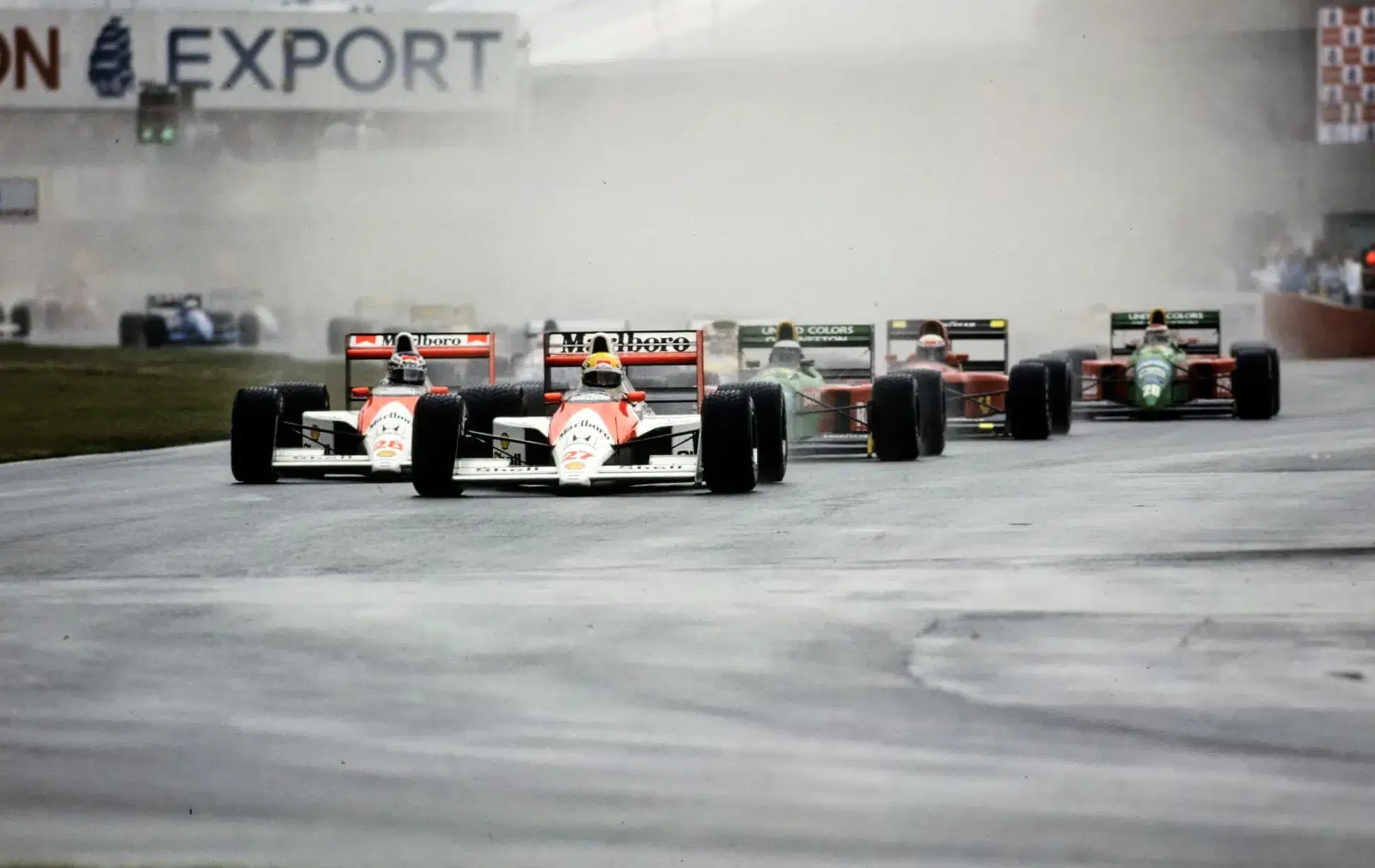
7. 1990 Canadian Grand Prix
Berger’s False Start and Senna’s Inherited Triumph
The 1990 Canadian Grand Prix delivered a rare moment when both speed and domination weren’t enough to keep a win intact. Gerhard Berger, in the McLaren-Honda, appeared to have executed a commanding drive—crossing the line first and setting the tone for what should have been a strong mid-season statement. But a jump start spotted by the stewards resulted in a punishing one-minute penalty, instantly wiping out his victory.
With Berger penalised, Senna inherited the win, continuing McLaren-Honda’s dominance while adding another twist to a season defined by intense pressure at the front.
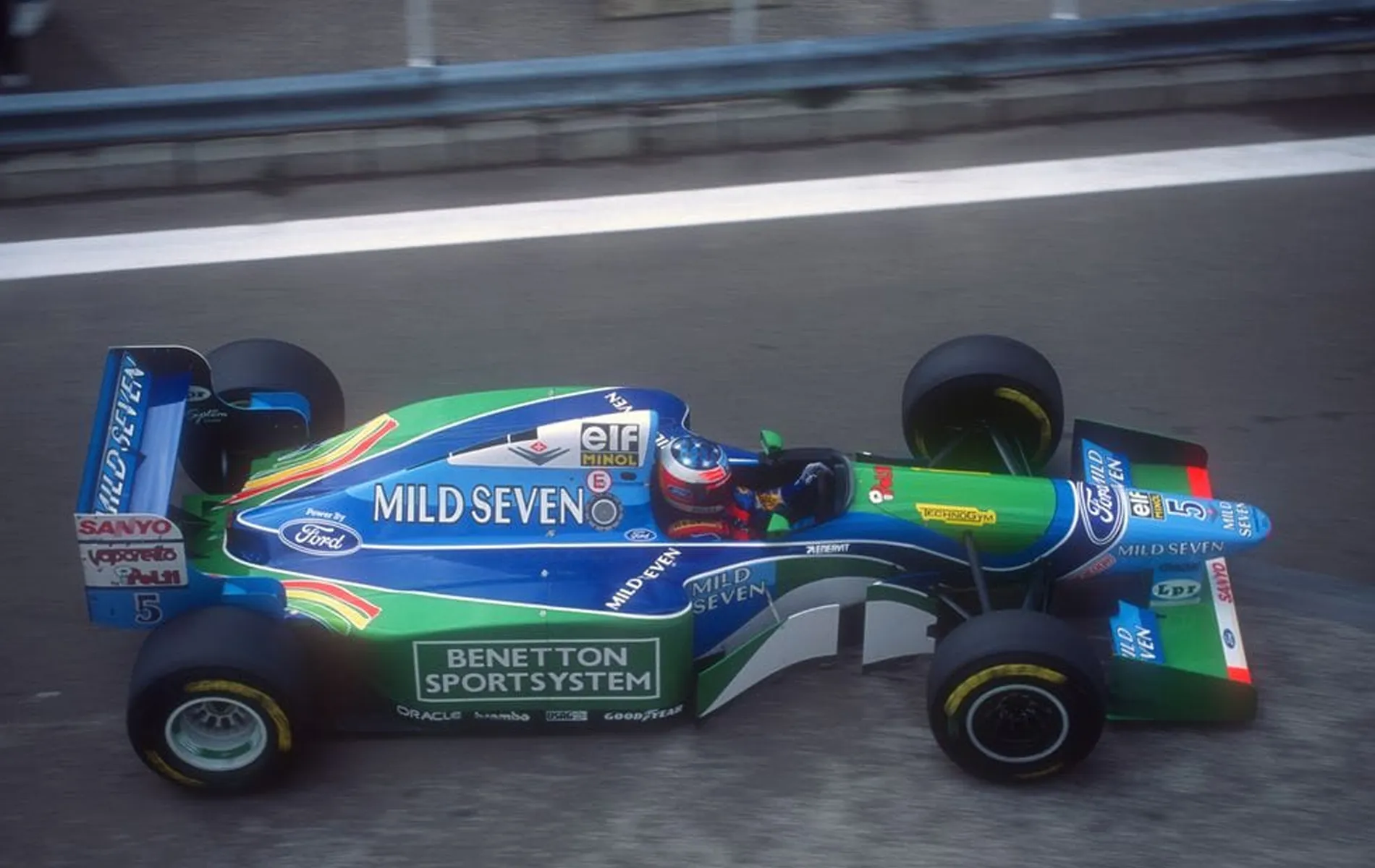
8. 1994 Belgian Grand Prix
Schumacher’s Spa Masterclass Undone by the Plank
The 1994 Belgian Grand Prix seemed destined to be another chapter in Michael Schumacher’s growing legend. Driving for Benetton, he delivered a typically commanding performance at Spa—one of his most celebrated circuits—crossing the line first with apparent ease. But post-race inspection told a different story. The skid plank on Schumacher’s car showed excessive wear, a breach of regulations introduced that season to slow the cars and improve safety.
With Schumacher disqualified, the victory passed to Damon Hill and the Williams-Renault team, adding another twist to a season already defined by tension, tragedy, and intense scrutiny. Spa ’94 became an important reference point in the enforcement of technical rules, and a landmark in F1 history: a reminder that even the greatest drives are vulnerable to the smallest technical infringements.
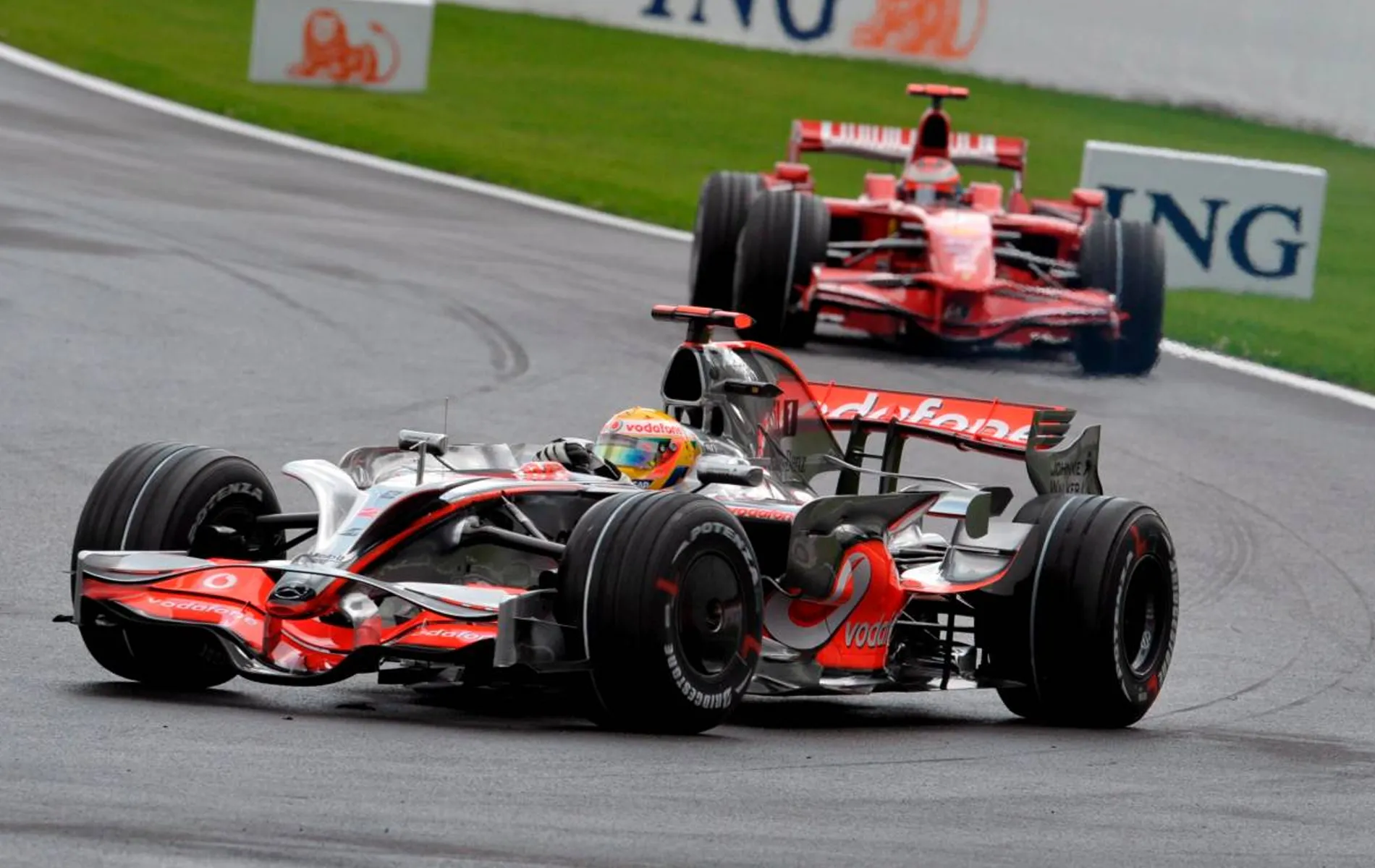
9. 2008 Belgian Grand Prix
Hamilton’s Penalty Rewrites a Modern Classic
The 2008 Belgian Grand Prix is etched into modern F1 lore as one of the most dramatic finishes ever seen at Spa-Francorchamps. Lewis Hamilton, driving a McLaren-Mercedes, delivered a breathtaking late-race duel with Kimi Räikkönen in changing conditions, crossing the line first after a series of daring overtakes. Yet moments later, controversy erupted: the stewards ruled that by cutting the Bus Stop chicane and gaining an advantage before repassing Räikkönen, Hamilton had breached the regulations. A 25-second penalty dropped him down the order, stripping him of a win that many fans still regard as one of his greatest drives.
The penalty elevated Ferrari’s Felipe Massa to victory, a result that proved pivotal in the tightly contested 2008 championship.
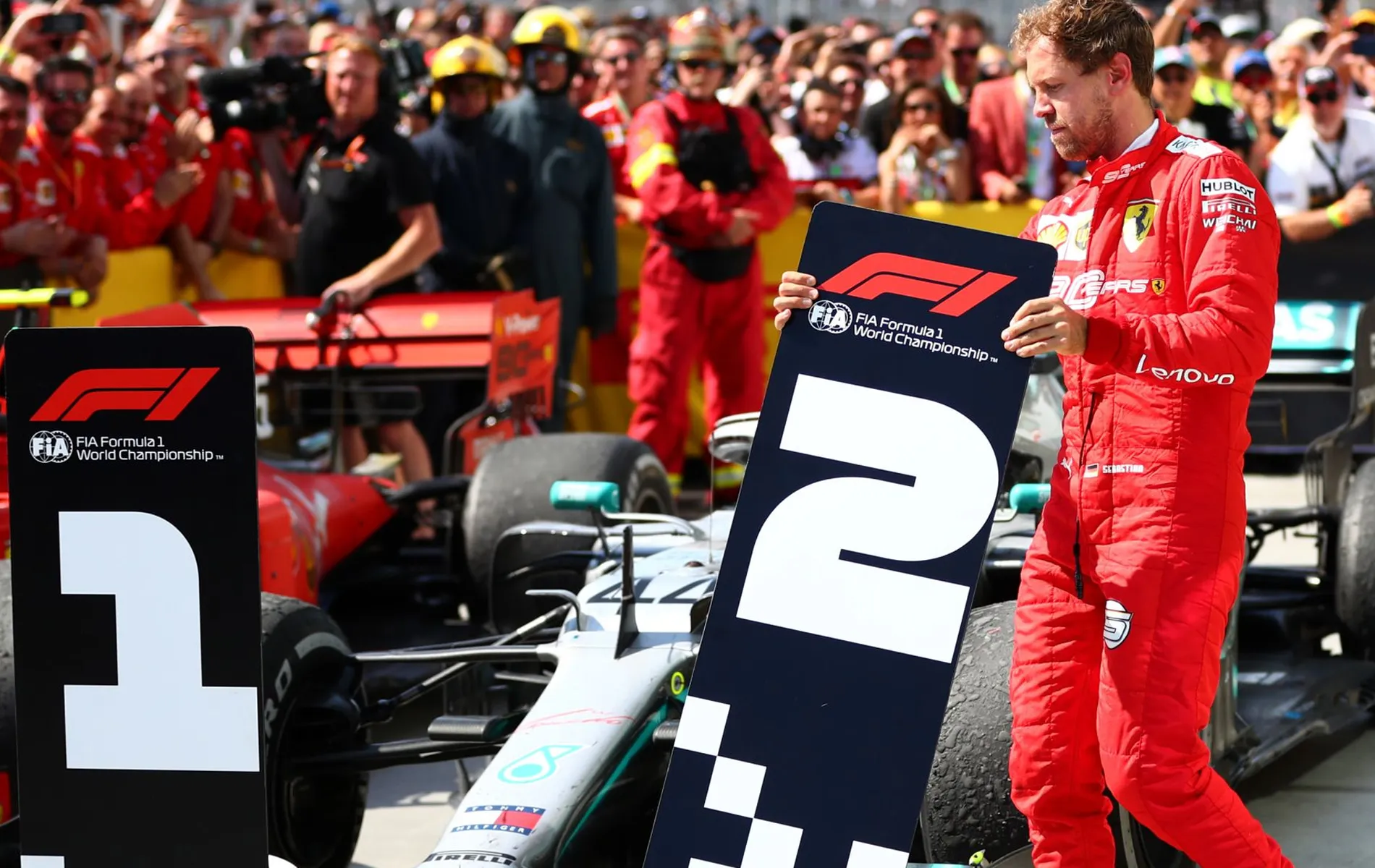
10. 2019 Canadian Grand Prix
Vettel’s Fury and the Rulebook That Cost Him Victory
The 2019 Canadian Grand Prix captured the tension between pure racing and regulatory precision like few races of the hybrid era. Sebastian Vettel, driving for Ferrari, led brilliantly under pressure from Lewis Hamilton—until a mistake at Turn 3 forced him onto the grass. Rejoining ahead, the stewards judged that Vettel returned to the track in an unsafe manner and forced Hamilton off, issuing a five-second penalty.
Hamilton inherited the win, while Vettel famously swapped the parc fermé position boards in protest—creating one of the most iconic post-race images of the era. The 2019 Canadian GP remains a flashpoint in ongoing debates about stewarding consistency, driver intent, and the balance between hard racing and hard rules.
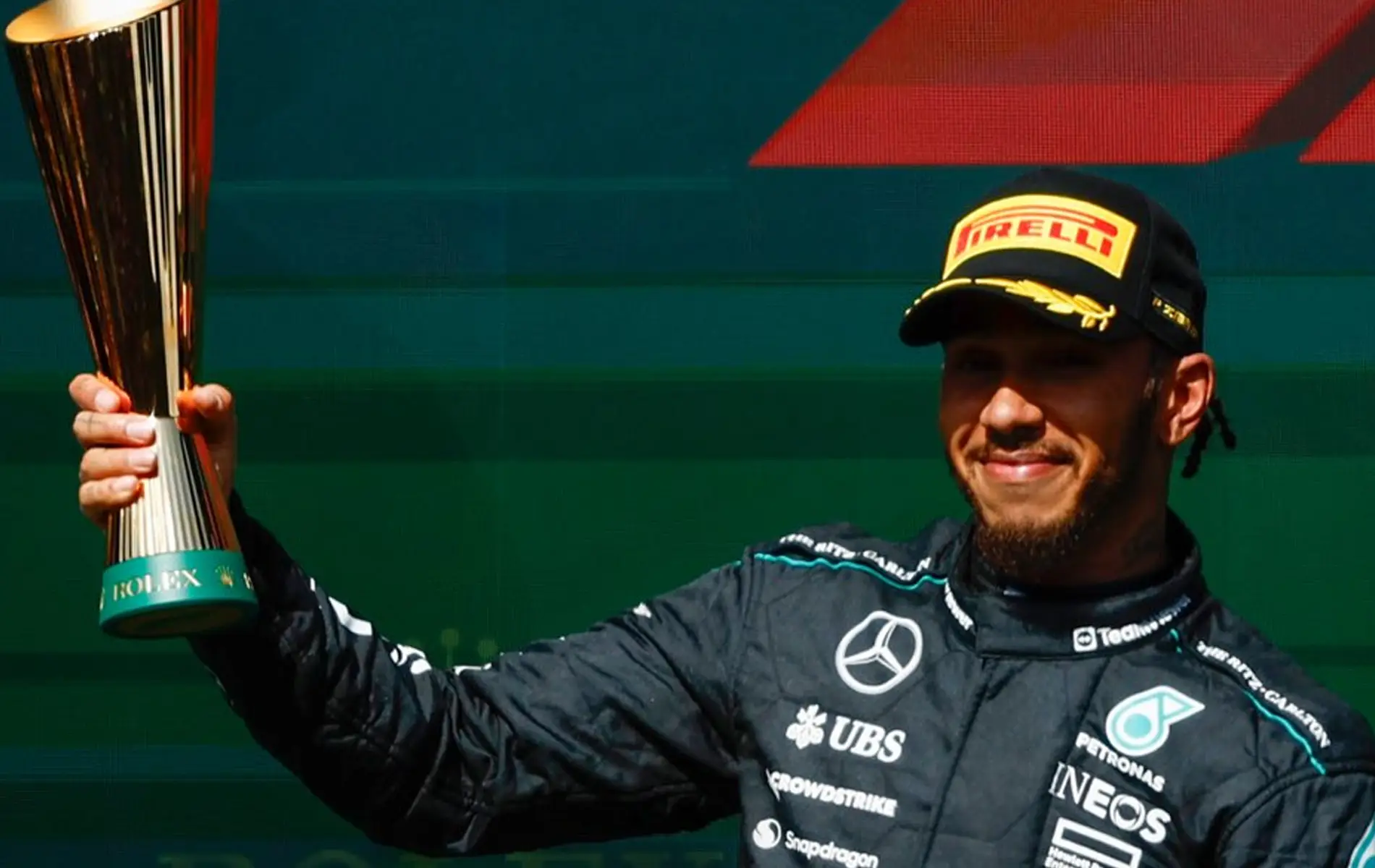
11. 2024 Belgian Grand Prix
Russell’s Disqualification and a Rare Double Mercedes Swing
The 2024 Belgian Grand Prix added a contemporary twist to F1’s long history of post-race reversals. George Russell crossed the line first for Mercedes, delivering what seemed like a breakthrough victory—until scrutineers found his car under the minimum weight. The disqualification stunned fans and teams alike, especially in an era where compliance is usually monitored down to the gram. For the modern viewer, Spa ’24 is a reminder that even in a hyper-regulated, data-heavy era, the weighing bay remains a final and unforgiving judge.
With Russell excluded, Lewis Hamilton inherited the win, creating a rare scenario where a team saw both the on-track high and the regulatory low in a single evening. The 2024 Belgian GP instantly joined the list of landmark technical infringements in F1 history, backing the sport’s constant struggle to balance innovation, performance, and strict legal boundaries.
Seen in:

